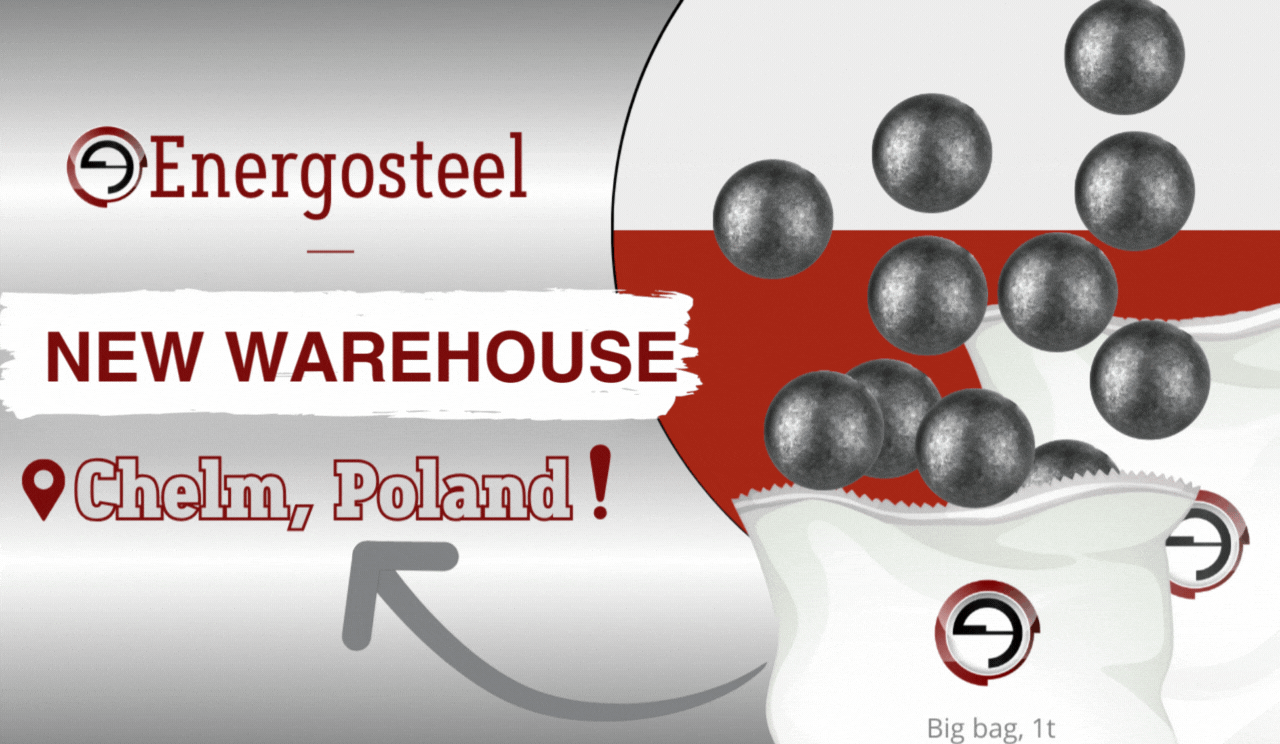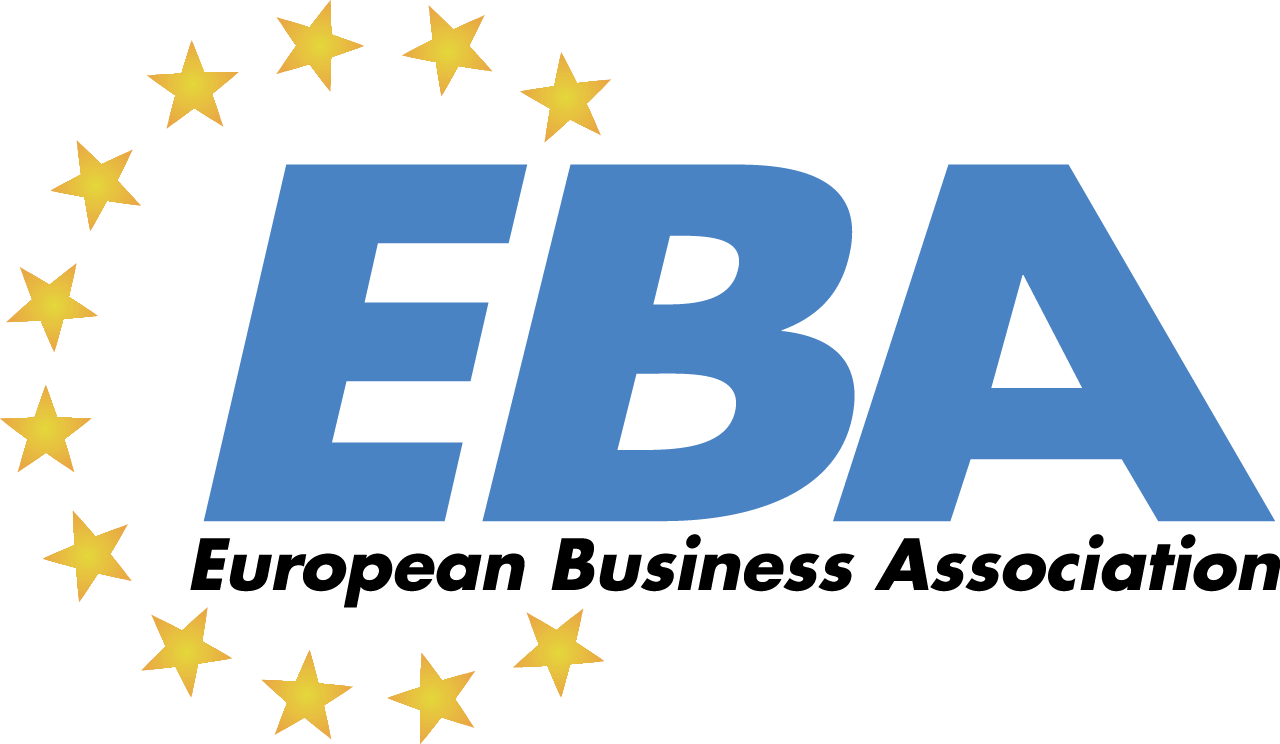We began considered set of measures needed to perform for qualitatively industrial tests such way, that results could be projected at whole plant technology.
In this article, we will consider the second and third stages of industrial tests, namely:
– Responsible person’s identification. They are directly involved in industrial tests;
– The industrial tests tasks and objectives definition;
Seems, the responsible persons identification stage is quite simple, but in fact, this is not so. Many employees of various company services involve in industrial tests conducting, starting from the warehouse employees and ending with the main enrichment (technical director) of the enterprise, where industrial tests planned. All employees who directly or indirectly can influence on the industrial tests result (compliance with the Test Procedure requirements) should be informed about the experiment. To each employee assign the tasks aimed at the proper conduct of industrial tests.It is important, all employees involved in the experiment should be informed that the representative of grinding media manufacturer has the right to receive any information regarding the test conduct (within the limits specified in the Methodology).Summarizing, we can safely say, the both sides participants of experiment (the client and the grinding media producer) form a single team at this stage equally interested in a qualitatively conducted test and obtaining reliable results.
The industrial tests tasks and objectives definition.
As a rule, the main objectives of grinding media industrial tests divided into two types:
– The grinding media specific consumption reduction (the grinding prime cost reduction) without technology changing (retaining the previously adopted norms and requirements for technological indicators – grinding quality, productivity, grinding media loading norms, etc.);
– The requirements change (improvement) to the technological parameters of the grinding process.
In the first case, tests conduct with a similar grinding media types as used earlier (geometric shape, size), except the grinding media hardness group or grinding media material alloy. For example, if 40mm grinding balls with the 3-rd hardness group use in grinding process then expedient to conduct tests with the same grinding balls size, but with the 4-th or 5-th hardness groups.Also possible, the grinding media hardness group remains unchanged but changes the grinding media alloy material (cast iron is replaced on steel; steel/ cast iron chemical composition changed). If the industrial test aim is to reduce the grinding media specific consumption, then tests conduct to determine the possibility of reducing the grinding media loading in a ball mill with all technological indicators retains.
If the industrial tests purpose is to change technological parameters, then used following tools:
- the grinding media loading norms decrease / increase in the mill;
- the balls average diameter change in the mill;
- alternative grinding media types use (geometrical shape or diameters change);
- the grinding scheme change;
- the mill power settings change (size, productivity, density);
- the raw materials physical and chemical parameters change, etc.
Please note, one parameter changing (technical and/or technological) in the grinding process lead to almost all the indicators change evaluated in the grinding process. Therefore, it’s necessary to track the entire complex of technical and technological indicators during full-scale industrial tests conduction (regardless of the main goal). This is providing a basis for a better evaluation the test final results. This is confirms that industrial tests conduction is a complex set of measures leads to a change in all indicators (technical and technological) of the grinding process at enterprise and them results can considered as a vector for improving the grinding process.
We will consider the following stages of industrial tests as “The testing place determination” and “The testing method determination” in next article.







